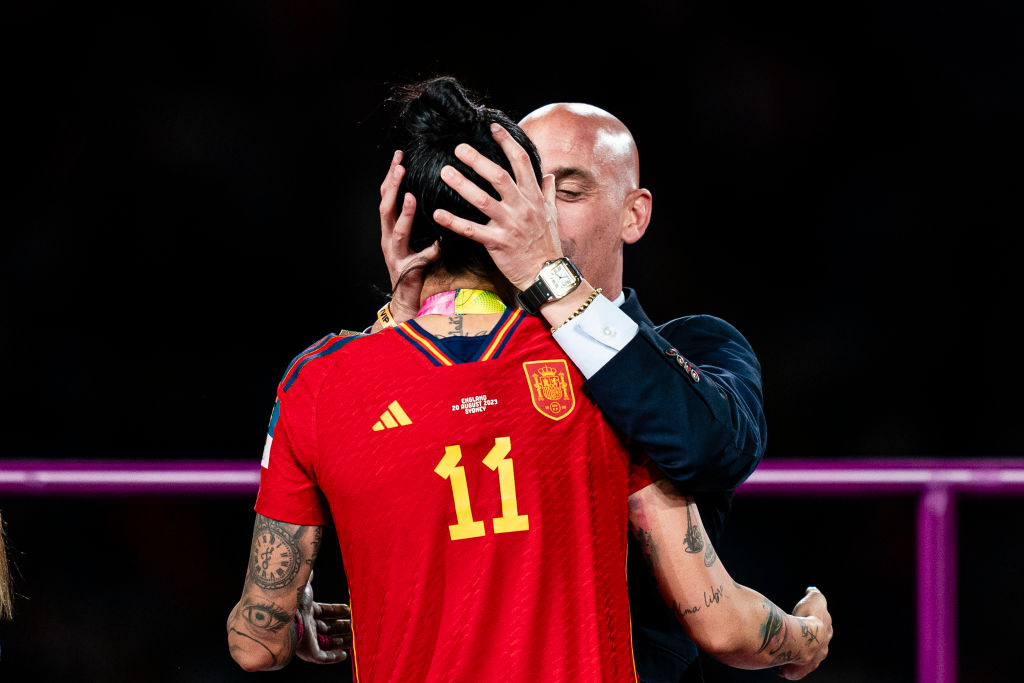Ushering in new eras
Rugby set for big change, as are the Kiwis and Auckland football, PLUS: Book winners announced.

We’ve reached that time of the year when sports departments turn to that staple of summer - the listicle. I’m not opposed to a listicle; when done well the year-ender can be ente…
Keep reading with a 7-day free trial
Subscribe to The Bounce to keep reading this post and get 7 days of free access to the full post archives.



